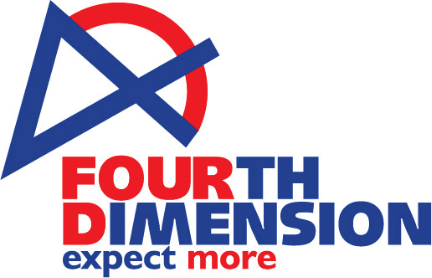Eliminating technical debt: where do we start?
Infrastructure
Nonprofits face a unique set of challenges, and one such challenge is technical debt. It refers to the accumulated cost of postponing necessary updates, maintenance, or enhancements to a system. Technical debt is much like financial debt, where you borrow money now and pay it back with interest later. In this blog post, we'll explore effective strategies tailored for nonprofit organizations to manage technical debt and maintain a resilient IT environment.
How and why does a non-profit's IT infrastructure become a victim of technical debt?
Nonprofit organizations, like any other organization, are not immune to the challenges posed by technical debt.
Here are a few reasons why non-profits’ IT infrastructure falls victim to technical debt:
1. Limited budgets:
- Operating on constrained budgets can lead to compromises in your non-profit's IT spending.
- This results in delayed upgrades, outdated software, and insufficient infrastructure investments.
2. Focus on Immediate Needs:
- Focusing on immediate and tangible needs can lead to neglecting routine maintenance, updates, and technology modernization efforts.
3. Dependency on Legacy Systems:
- Sometimes nonprofits might continue to rely on legacy systems and outdated technologies.
- This can increase the technical debt burden on your non-profit.
4. Limited IT Expertise:
- Smaller nonprofits may lack dedicated IT staff or have limited access to specialized expertise.
- This can lead to inefficient system configurations and a lack of awareness of emerging technologies.
5. Short-Term Funding Cycles:
- Planning and investing in long-term IT projects for your non-profit are challenging because of short-term funding cycles.
Recognizing Technical Debt in Nonprofit Organizations
The burden of technical debt is greater for nonprofits since they are subject to different constraints than their for-profit counterparts. Start identifying and addressing technical debt that can impede the efficiency of your non-profit’s IT infrastructure.
Setting Priorities and Organizing Technical Debt
You have to begin by identifying and prioritizing areas requiring attention in your IT infrastructure. Create a catalogue of outdated software, legacy systems, and areas for coding improvement.
Prioritize these issues based on their impact on mission-critical activities, security, and overall system performance.
Establishing a Schedule for Regular Maintenance:
Scheduling regular IT infrastructure maintenance is important to avoid accumulating technical debt. Focus on software updates, security patch applications, and system audits during maintenance.
By proactively resolving potential problems, technical debt risk is reduced, and an environment that is more secure and stable is created.
Implementing Agile Development Methods in Practice:
Your nonprofit can greatly benefit from using agile development techniques. With flexibility and ongoing development, these procedures enable IT teams to gradually pay down technical debt over the course of normal development cycles.
You will be able to handle technical debt without interfering with their regular operations by breaking down your projects into smaller pieces.
Facilitating collaboration and communication:
Collaboration and effective communication are essential for nonprofits handling technological debt. Encourage the sharing of ideas and worries regarding IT infrastructure by fostering an environment that is transparent and open.
Working together addresses technical debt collectively and includes various perspectives in decision-making.
Investing in education and skills:
Nonprofit organizations should fund ongoing IT staff training for security, coding, and new technology. An informed and competent staff is better suited to handle technical debt, which benefits the company’s IT infrastructure.
Monitoring and measuring progress
Implementing key performance indicators (KPIs) and monitoring tools helps nonprofits track the progress of technical debt management initiatives. Regularly assess the impact of updates on system performance, security, and efficiency. Monitoring progress allows nonprofits to make data-driven decisions and adjust strategies as needed to effectively manage and reduce technical debt.
Conclusion
Managing technical debt is an ongoing process crucial to the success of nonprofit organizations. Optimize your organization’s IT health with our Managed Services. We specialize in reducing technical debt by providing proactive maintenance, timely updates, and expert guidance. Contact us now to build a more resilient and future-ready technology landscape.
